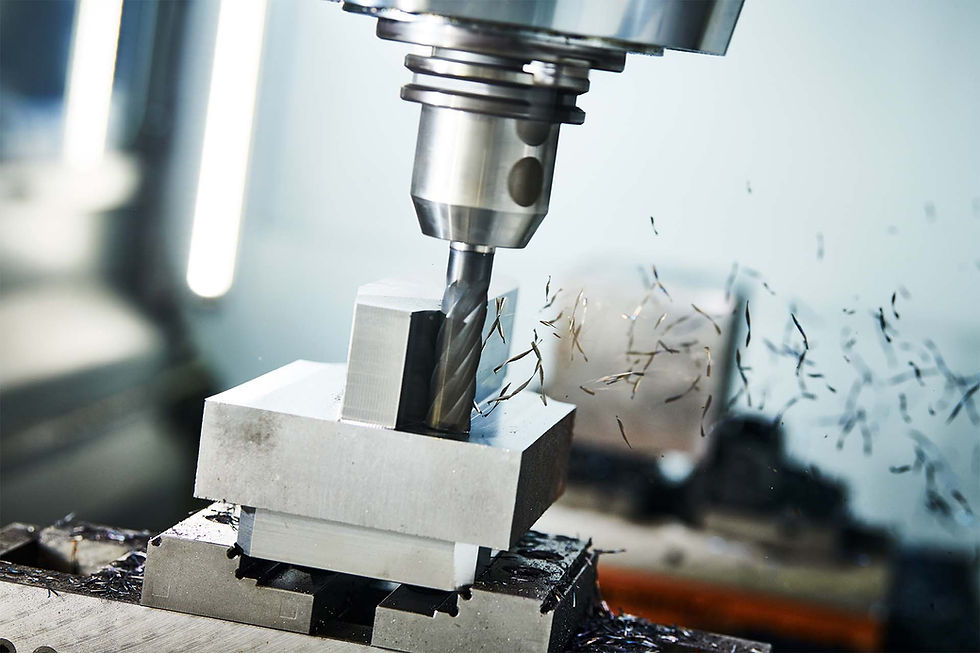Explains of what is an endmill
- Calvin Wu
- Feb 14, 2023
- 2 min read
Updated: May 4, 2023

An endmill is a type of cutting tool that is commonly used in machining and manufacturing applications. It is a cylindrical tool with one or more flutes along its length, which are used to remove material from a workpiece. Endmills are typically made of materials such as high-speed steel, carbide, or ceramic, and come in a wide variety of sizes and shapes to suit different machining needs.

Endmills are commonly used in milling operations, where they are used to cut grooves, slots, and other features into a workpiece. They are also used in drilling and boring operations, where they can be used to create holes of various sizes and shapes.
The cutting action of an endmill is accomplished by rotating the tool and feeding it into the workpiece at a controlled rate. The flutes on the endmill provide a path for the material being removed to escape, while the cutting edges at the bottom of the flutes remove the material.

The design of the endmill is important for achieving the desired results in a machining operation. The number of flutes, the shape of the cutting edges, and the angle of the helix all play a role in the performance of the tool. Choosing the right endmill for a particular machining operation requires an understanding of the properties of the workpiece material, the cutting speed and feed rate, and the desired surface finish.

Endmills are available in a wide range of sizes and shapes, each suited to a particular machining operation. Some common types of endmills include square endmills, ball endmills, corner radius endmills, and chamfer endmills. Each type of endmill has unique properties that make it better suited to certain types of operations.
In addition to the type of endmill, the material it is made from is also an important consideration. High-speed steel is a popular material for endmills because it is relatively inexpensive and easy to sharpen. Carbide is a harder and more durable material that is better suited to high-speed machining operations. Ceramic endmills are extremely hard and wear-resistant, making them ideal for machining difficult-to-machine materials.
In summary, endmills are a critical tool in the manufacturing and machining industry. They are used to cut and shape a variety of materials, and are available in a wide range of sizes and shapes to suit different applications. The right endmill for a particular machining operation depends on factors such as the properties of the workpiece material, the cutting speed and feed rate, and the desired surface finish. By understanding the properties and uses of endmills, manufacturers and machinists can select the right tool for the job and achieve the best possible results.




Comments